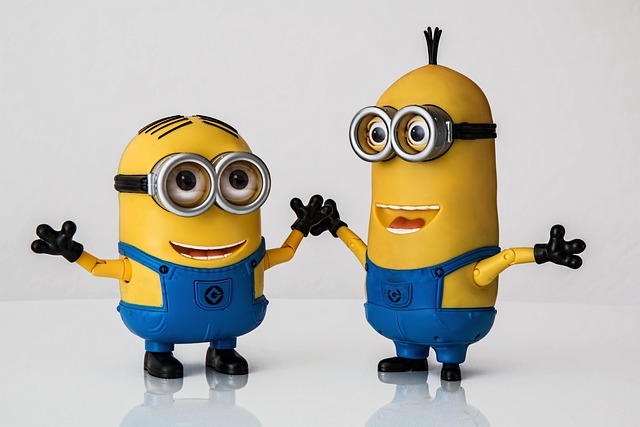In the world of animation, the beauty lies in the layers that create mesmerizing visuals. Just as a photographer captures the essence of a moment through various techniques, animators weave together intricate layers to build compelling stories. The connection between photography and animation is deeper than one might think, as both disciplines rely on the mastery of optics and perspective to bring images to life.
Imagine a still photograph, frozen in time, yet each layer of that image tells a story. The foreground might be sharp, pulling the viewer’s attention, while the background fades softly, creating depth. This concept of layering is foundational not only in photography but in animation as well. Each element—characters, settings, and effects—can be treated as distinct layers, harmonizing to evoke emotions and convey narratives.
At the heart of great photography lies a solid understanding of camera optics. The choice of lens can drastically change the photo’s outcome; a wide-angle lens can create expansive landscapes, while a macro lens draws sharp details of tiny subjects. Similarly, in animation, the lens” through which we view a scene affects our perception. Animators can manipulate layers to simulate various perspectives, much like adjusting a camera’s focus to guide the audience’s attention.
Moreover, the journey from a photo to an animated sequence is an artistic exploration. When animators take a still image and breathe movement into it, they are not merely adding life; they are peeling back layers to reveal the story within. Each transition, the fading of one scene into another, can evoke nostalgia akin to flipping through a photo album, where memories linger in the layers of images.
The interplay of light and shadow in both animation and photography creates moods and dynamics. Consider how a simple change in lighting can affect a photograph’s tone—dramatic shadows can evoke tension, while soft, diffused light can evoke warmth. In animation, this technique is amplified, as artists can craft complex environments where lighting shifts in real-time, giving life to characters and backgrounds. That dance of light between layers transforms the ways stories are told and felt.
Ultimately, both photography and animation challenge us to see beyond the surface. As viewers, we are invited to look closer, to discover the layers that hold meaning. The relationship between a lens and a photograph is echoed in the layers of frames within an animated sequence. In both fields, the artist’s intention brings forth a connection that transcends the medium, allowing us to experience stories in a multi-dimensional embrace.



